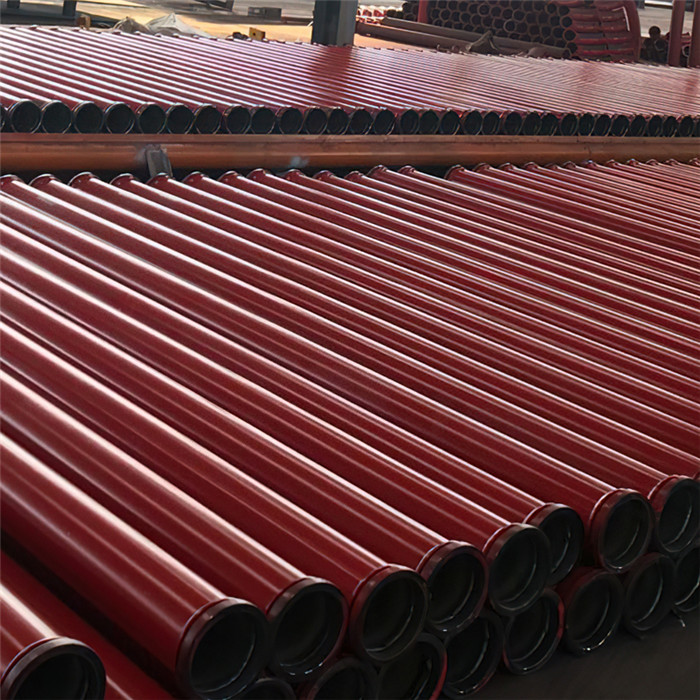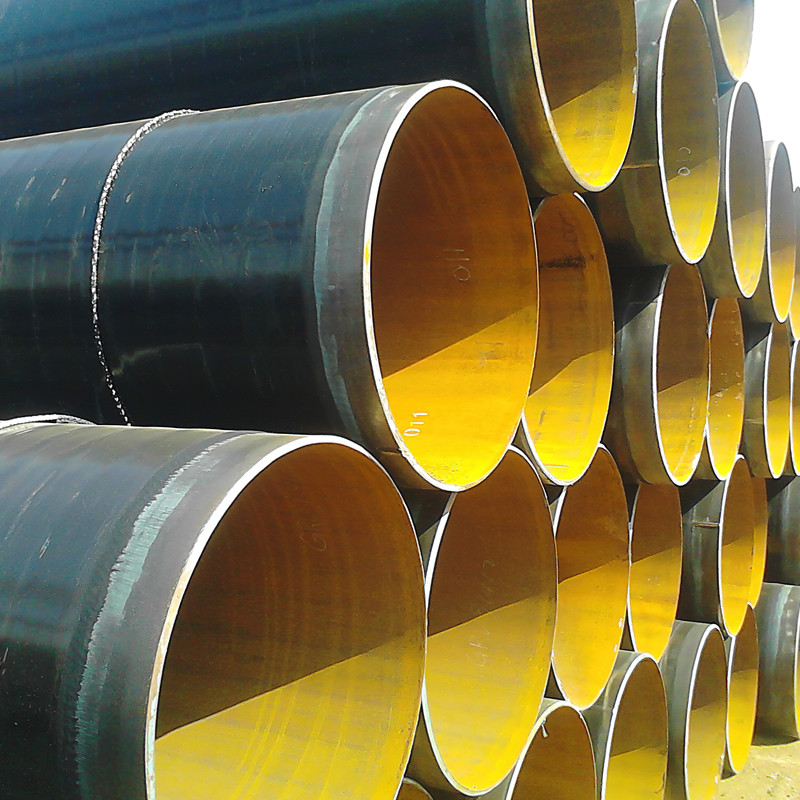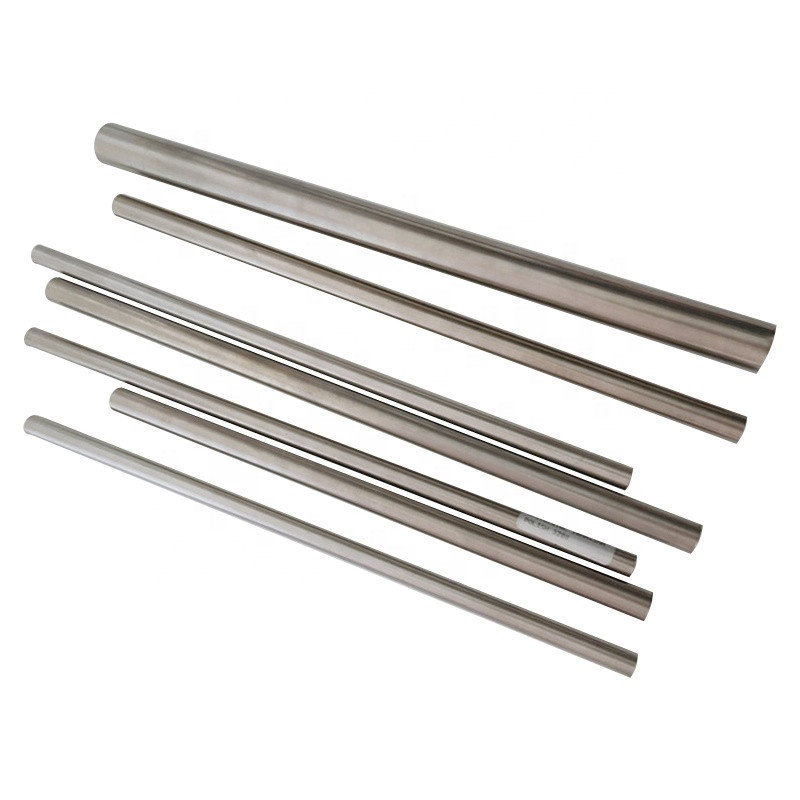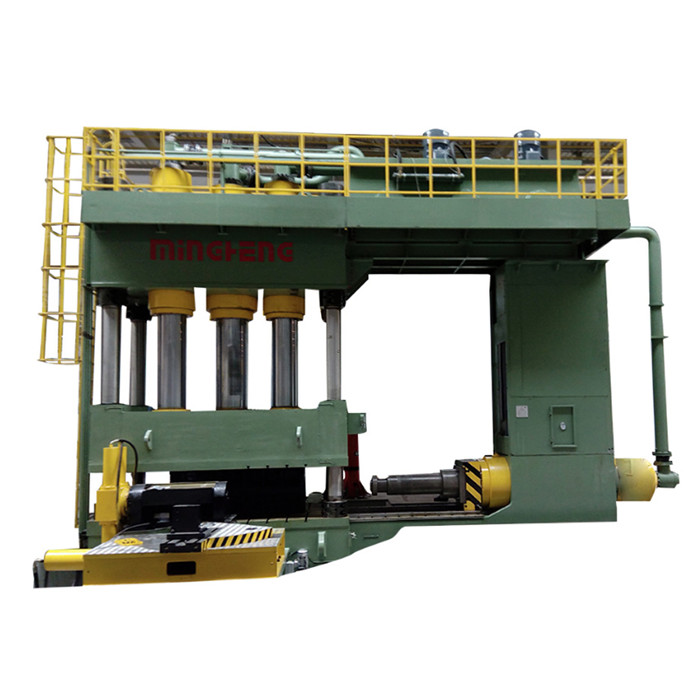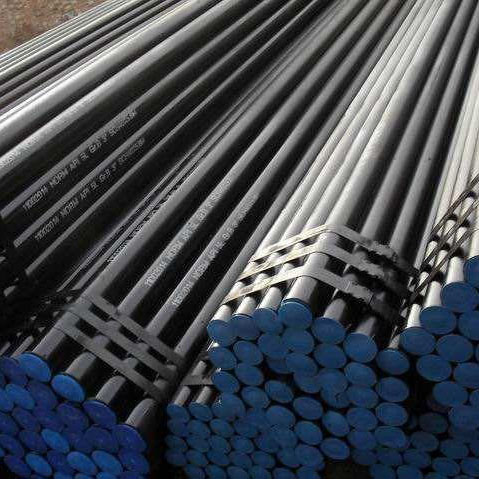Steel structure buildings are revolutionizing the construction industry with their strength, durability, and cost-efficiency. Whether you're looking for different types of steel structure building, considering konstruksi bangunan struktur baja, or curious about light gauge steel framed structures, this article will guide you through the essential aspects of steel construction. From residential homes to large commercial structures, steel framed buildings with brick cladding offer the perfect balance of functionality and aesthetics. With an understanding of steel structure cost per square foot and the cost of light steel frame construction, you can make informed decisions for your next project.
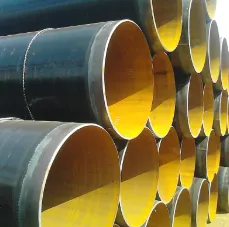
Different Types of Steel Structure Building: A Versatile Solution
When it comes to building with steel, there are different types of steel structure buildings designed to meet various needs, from residential homes to large commercial buildings. Steel structures are categorized based on their design, purpose, and the materials used. Some of the most common types of steel structure building include:
Portal Frame Structures: This design is characterized by rigid steel frames that provide a large clear span, making it perfect for warehouses, factories, and industrial buildings. Its simplicity in design reduces construction time and costs.
Space Frame Structures: Ideal for buildings requiring large spans, space frames provide a strong and stable structure with minimal support beams. These are typically used in airports, sports arenas, and exhibition halls.
Frame Structures: Consisting of vertical columns and horizontal beams, these are used in multi-story buildings and provide an open layout for office spaces and residential buildings.
Truss Structures: Often used for bridges and large roofs, truss structures are made of interconnected steel beams that form a triangular shape, offering high load-bearing capacity across long spans.
Each type of steel structure comes with its own set of benefits, from cost savings to versatility, making it a smart choice for various applications in construction.
Steel Structure Building Construction: The Process of Building with Steel
Steel structure building construction involves assembling pre-engineered steel components on-site, offering a faster, more efficient way of constructing buildings. The process is broken down into several key stages:
Design and Planning: The first step in konstruksi bangunan struktur baja is to design the layout and structural elements. This involves architectural planning and engineering, ensuring that the structure will meet safety and performance standards.
Fabrication: Once the design is finalized, the steel components are fabricated in a factory. These components include beams, columns, and trusses that are cut, welded, and coated according to specifications.
Foundation and Erection: The next step is to prepare the site by laying a strong foundation to support the steel structure. The fabricated steel components are then transported to the site and assembled using cranes, bolts, and welding.
Cladding and Finishing: Once the steel frame is in place, the building is clad with materials such as brick, metal panels, or glass. Finishing touches like insulation, electrical wiring, and plumbing are added to make the building functional.
Steel structure building construction is an efficient and reliable process that results in durable, long-lasting buildings. This method is highly effective for both large-scale industrial projects and residential homes.
Light Gauge Steel Framed Structures: Lightweight and Strong
Light gauge steel framed structures are becoming increasingly popular in residential and commercial construction due to their lightweight nature and structural strength. These structures use thin steel sections, typically galvanized, to form the framework of the building. Some key benefits of light gauge steel framed structures include:
Strength and Durability: Despite their lightweight design, light gauge steel frames offer high strength, making them resistant to harsh weather, fire, and pests.
Faster Construction: The use of pre-fabricated components speeds up the construction process, allowing builders to assemble the structure more quickly compared to traditional methods.
Energy Efficiency: Light gauge steel frames can be easily insulated, which helps in maintaining a stable indoor temperature and reduces energy consumption.
Design Flexibility: The modular nature of light gauge steel allows for flexible design options, making it easier to create custom layouts and floor plans.
Whether you’re building a home or a commercial building, light gauge steel framed structures provide a cost-effective and robust solution that stands the test of time.
Building Homes with Metal Framing: Modern Residential Construction
In recent years, building homes with metal framing has gained significant traction due to the many advantages it offers over traditional wood framing. Metal framing, particularly using steel, provides a range of benefits for residential construction:
Enhanced Durability: Steel is resistant to termites, rot, and warping, which are common issues in wooden structures. This ensures the longevity of the building and reduces the need for costly repairs over time.
Fire Resistance: Unlike wood, steel does not catch fire, making metal framing a safer option for home construction. This fire resistance is a crucial benefit, especially in areas prone to wildfires.
Structural Integrity: Metal framing offers superior strength, ensuring the home is built to withstand heavy winds, earthquakes, and other extreme weather conditions.
Cost Savings: Although the initial cost of steel framing might be higher than traditional wood, the long-term savings in maintenance and energy efficiency make it a cost-effective choice for homeowners.
Building homes with metal framing is a modern and sustainable option that provides strength, safety, and long-term value.
Cost of Light Steel Frame Construction: Budgeting for a Steel-Frame Home
When considering light steel frame construction, one of the primary concerns is the cost of light steel frame construction. While steel may initially seem more expensive than wood, it is important to take a holistic view of the cost benefits it offers in the long run. Key factors affecting the cost include:
Material Costs: The cost of steel is typically higher than wood; however, the efficiency of steel framing, including quicker installation times, helps reduce overall labor costs. Additionally, steel is recyclable, reducing material waste.
Labor Costs: While steel requires specialized labor for installation, the speed of assembly reduces the time required for construction, helping offset labor costs.
Maintenance Savings: Steel frames require less maintenance than wood structures, reducing the need for repairs and replacements due to weather damage, rot, or pests.
Energy Savings: Steel buildings are highly energy-efficient when insulated properly, lowering heating and cooling costs in the long run.
The cost of light steel frame construction varies based on location, size, and design, but it offers a range of advantages that make it a cost-effective choice in the long term.
A steel framed building with brick cladding combines the durability and strength of steel with the aesthetic appeal of brick, offering the best of both worlds. This construction style is popular for both residential and commercial buildings, and offers several benefits:
Strength and Durability: The steel frame provides a robust structure that can withstand harsh weather, while the brick cladding offers protection against the elements.
Aesthetic Appeal: Steel framed buildings with brick cladding have a timeless, classic look that enhances the overall curb appeal. Brick can be used to create a variety of textures, colors, and designs, allowing for customization to match the style of the surrounding environment.
Energy Efficiency: The combination of steel and brick provides excellent insulation, reducing the need for additional energy consumption to heat or cool the building.
Low Maintenance: Both steel and brick are low-maintenance materials, requiring less frequent repairs and offering long-term value.
Steel framed buildings with brick cladding are an ideal choice for those seeking a combination of strength, aesthetics, and energy efficiency.
Steel structures, whether for residential, commercial, or industrial purposes, offer a variety of advantages, from durability and cost savings to design flexibility. Understanding different types of steel structure buildings, the process of konstruksi bangunan struktur baja, and the benefits of light gauge steel framed structures is key to making the right choice for your project. With options like building homes with metal framing and steel framed buildings with brick cladding, steel continues to be a versatile and reliable choice in modern construction. Whether you're considering the cost of light steel frame construction or exploring steel structure cost per square foot, steel is the material that meets the demands of both quality and efficiency.
Post time: Mar . 27, 2025 14:38










